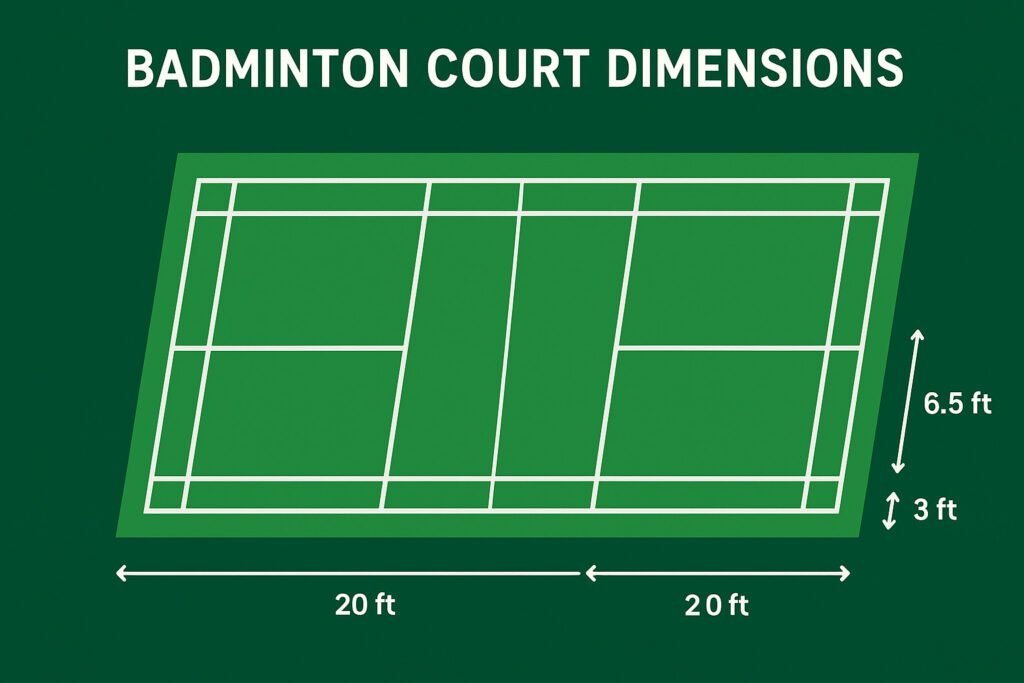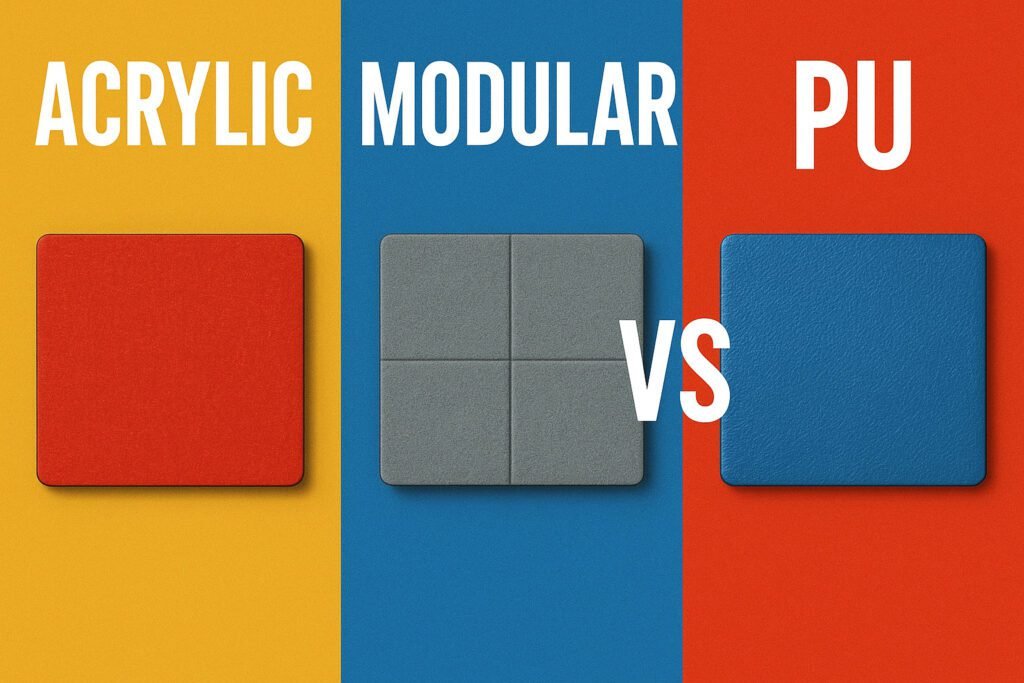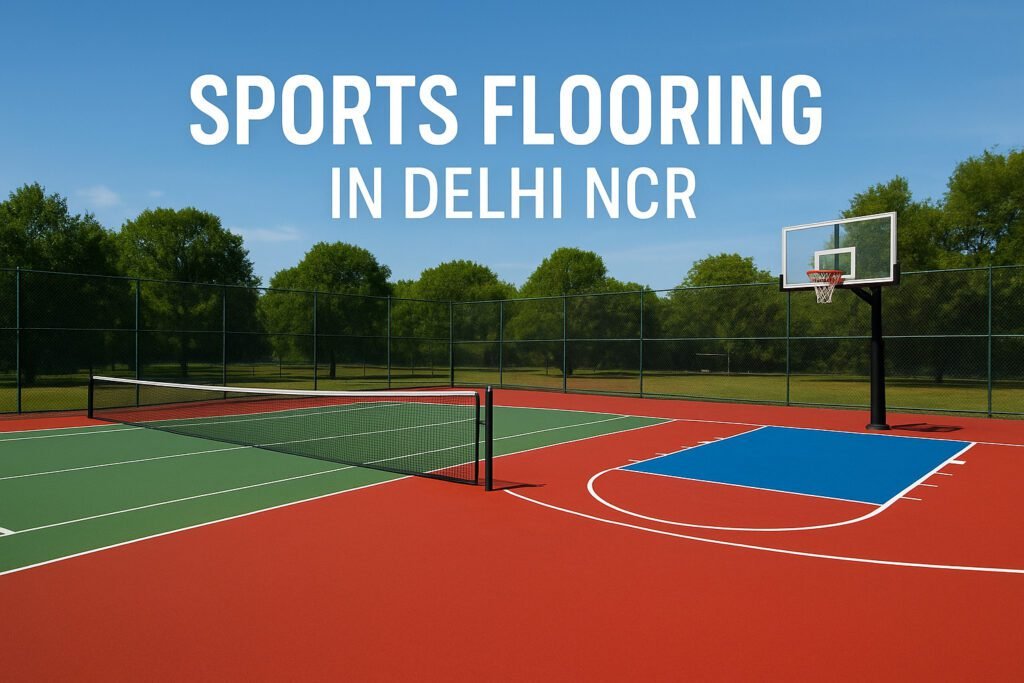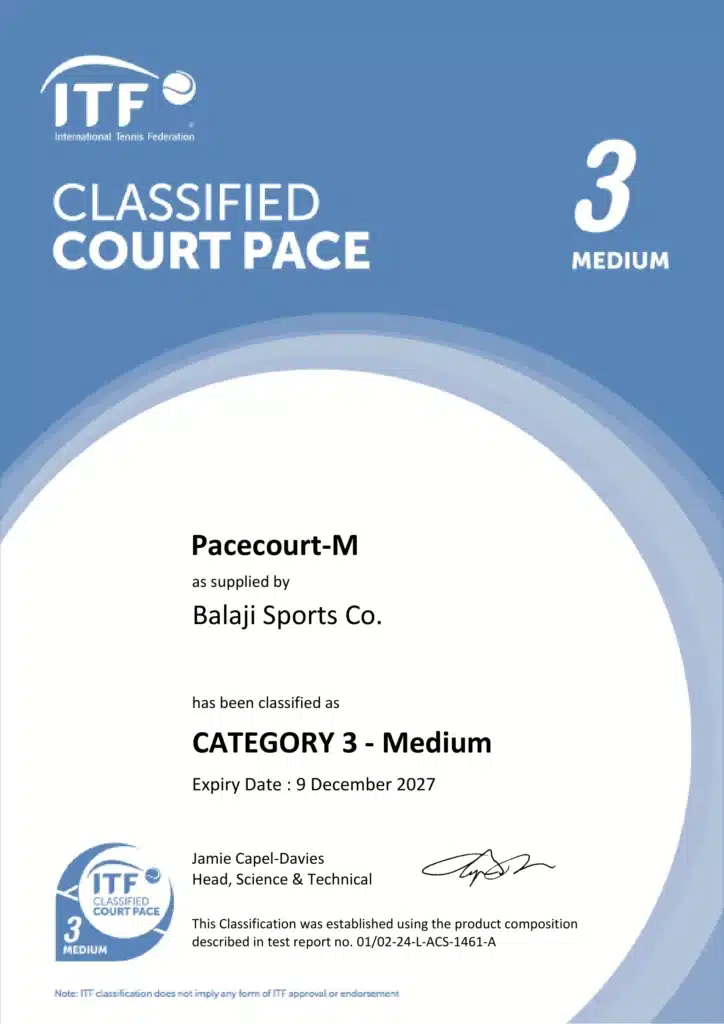Shuttle Court Measurements Explained: Know the Exact Dimensions Before You Play
Picture this: you’re watching an intense badminton rally where the shuttlecock flies at lightning speed across the court. The players move with precision, knowing exactly where they can and cannot step. What makes this dance possible? The perfectly measured court beneath their feet, guided by standard shuttle court measurements. Badminton stands as one of the world’s fastest racket sports, with shuttlecocks reaching speeds of over 200 mph. From Olympic arenas to community centers, millions of players worldwide engage in this thrilling sport that demands quick reflexes, strategic thinking, and incredible athleticism. Yet behind every spectacular shot and tournament victory lies something far less glamorous but equally important: precise court measurements. Whether you’re a weekend warrior perfecting your drop shot, a coach setting up training facilities, or an enthusiast planning your own court, understanding shuttle court dimensions isn’t just helpful—it’s essential. Incorrect measurements can throw off your entire game, create safety hazards, and even disqualify a court from official play. Many players assume all badminton courts are the same, but the reality is more nuanced. Singles and doubles play require different boundary lines, service areas vary in size, and even net height has specific requirements that can make or break a game. Getting these details wrong means your practice sessions won’t translate to real competition, and your investment in court setup could go to waste. This comprehensive guide will walk you through every measurement that matters on a badminton court. You’ll discover the official BWF standards, learn why each dimension exists, and get practical tips for setting up your own court correctly. By the end, you’ll have the knowledge to ensure every court you play on meets the standards that separate recreational fun from serious competition. Standard Shuttle Court Dimensions Getting the measurements right isn’t just about following rules—it’s about creating the foundation for fair, competitive play. The Badminton World Federation (BWF) has established precise specifications that ensure every court meets international standards, whether you’re playing in Tokyo or Toledo. Official BWF Court Measurements The BWF sets the global standard for badminton court dimensions, and these measurements aren’t suggestions—they’re requirements for any official competition. Here are the key dimensions every player and court designer must know: Total Court Area: Singles Court Dimensions: Net Specifications: Understanding the Court Layout The badminton court divides into several distinct zones, each serving a specific purpose in gameplay. Think of it as a carefully orchestrated stage where every line has meaning. Service Areas:The court splits into four service areas for doubles play and two for singles. The short service line sits 1.98 meters (6 feet 6 inches) from the net, while the long service line for doubles runs parallel to the baseline, 0.76 meters (2 feet 6 inches) inward. For singles play, the baseline itself serves as the long service line. Center Line:Running perpendicular to the net, the center line divides the court into left and right service areas. This line extends from the short service line to the back boundary line, measuring 5.18 meters (17 feet) in length. Sidelines and Baselines:The court features two sets of sidelines—one for singles and one for doubles. The singles sidelines create the narrower 5.18-meter width, while the doubles sidelines establish the full 6.1-meter width. The baseline marks the back boundary for both singles and doubles play. Why These Measurements Matter These aren’t arbitrary numbers pulled from thin air. Each dimension serves a strategic purpose that shapes how badminton is played at every level. Game Balance:The court’s proportions create the perfect balance between offense and defense. Too narrow, and defensive players would have an overwhelming advantage. Too wide, and attackers could dominate every rally. The BWF spent decades refining these measurements to ensure exciting, competitive matches. Shot Diversity:The specific service area dimensions enable the full range of badminton’s signature shots. The 1.98-meter distance from net to short service line gives just enough space for delicate net shots while preventing easy winners. The deeper doubles service area accommodates the sport’s lightning-fast drives and powerful smashes. Player Safety:Proper court dimensions provide adequate space for safe movement. Players need room to execute full swings and dramatic lunges without colliding with walls, equipment, or other courts. The BWF measurements factor in the sport’s intense lateral movement and quick directional changes. Net Height: The Critical Detail The net’s graduated height—higher at the posts than in the center—isn’t an accident. This subtle difference creates strategic opportunities while maintaining fair play. The 26-millimeter difference between post height (1.55m) and center height (1.524m) results from the net’s natural sag under its own weight. Rather than fight physics, the BWF embraced this characteristic, turning it into a strategic element. Players can attempt shots over the slightly lower center area, but the net’s width means they must place these shots with incredible precision. Tournament Compliance Requirements Professional tournaments demand exact adherence to these measurements. Court officials use laser measurement tools to verify dimensions before major competitions, and even millimeter discrepancies can disqualify a venue from hosting sanctioned events. Measurement Tolerance:While recreational courts might have slight variations, tournament courts allow minimal deviation. The BWF typically permits tolerances of no more than 5 millimeters for critical measurements like net height and service line placement. Surface Requirements:Beyond dimensions, the BWF specifies surface characteristics. Courts must provide consistent bounce properties, appropriate friction for safe movement, and clear line visibility. These requirements work hand-in-hand with proper measurements to ensure fair competition. The Visual Element Understanding these measurements becomes much easier with proper visual aids. A detailed court diagram showing all dimensions, service areas, and boundary lines transforms abstract numbers into concrete spatial relationships. Consider how architects use blueprints—the same principle applies to badminton court layout. When setting up your own court or evaluating existing facilities, having measurement diagrams readily available prevents costly mistakes. Many court marking errors stem from misunderstanding the relationship between different zones rather than incorrectly measuring individual lines. International Consistency One of badminton’s greatest strengths is its global standardization. A player trained on a properly measured court in Mumbai can compete









